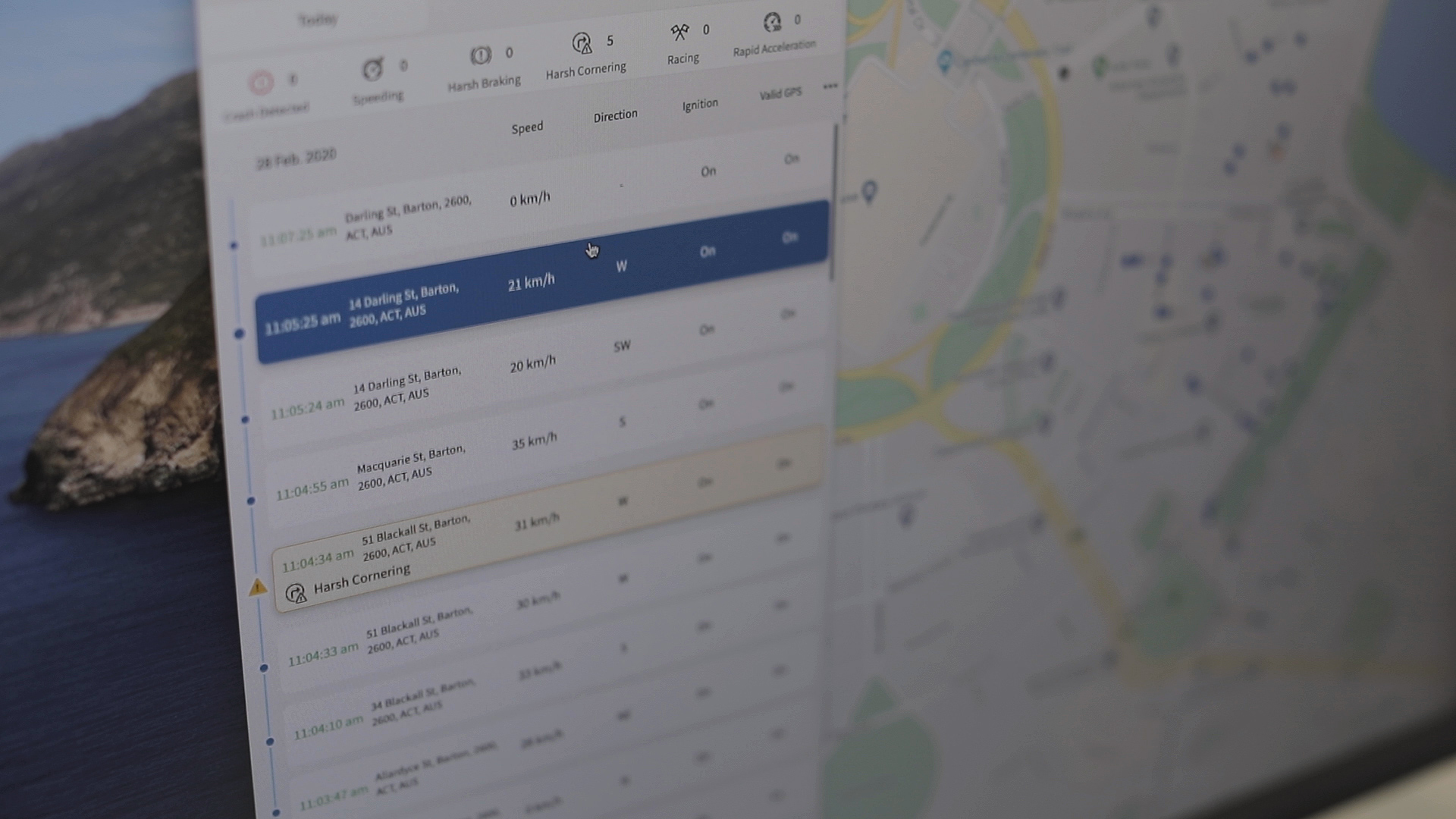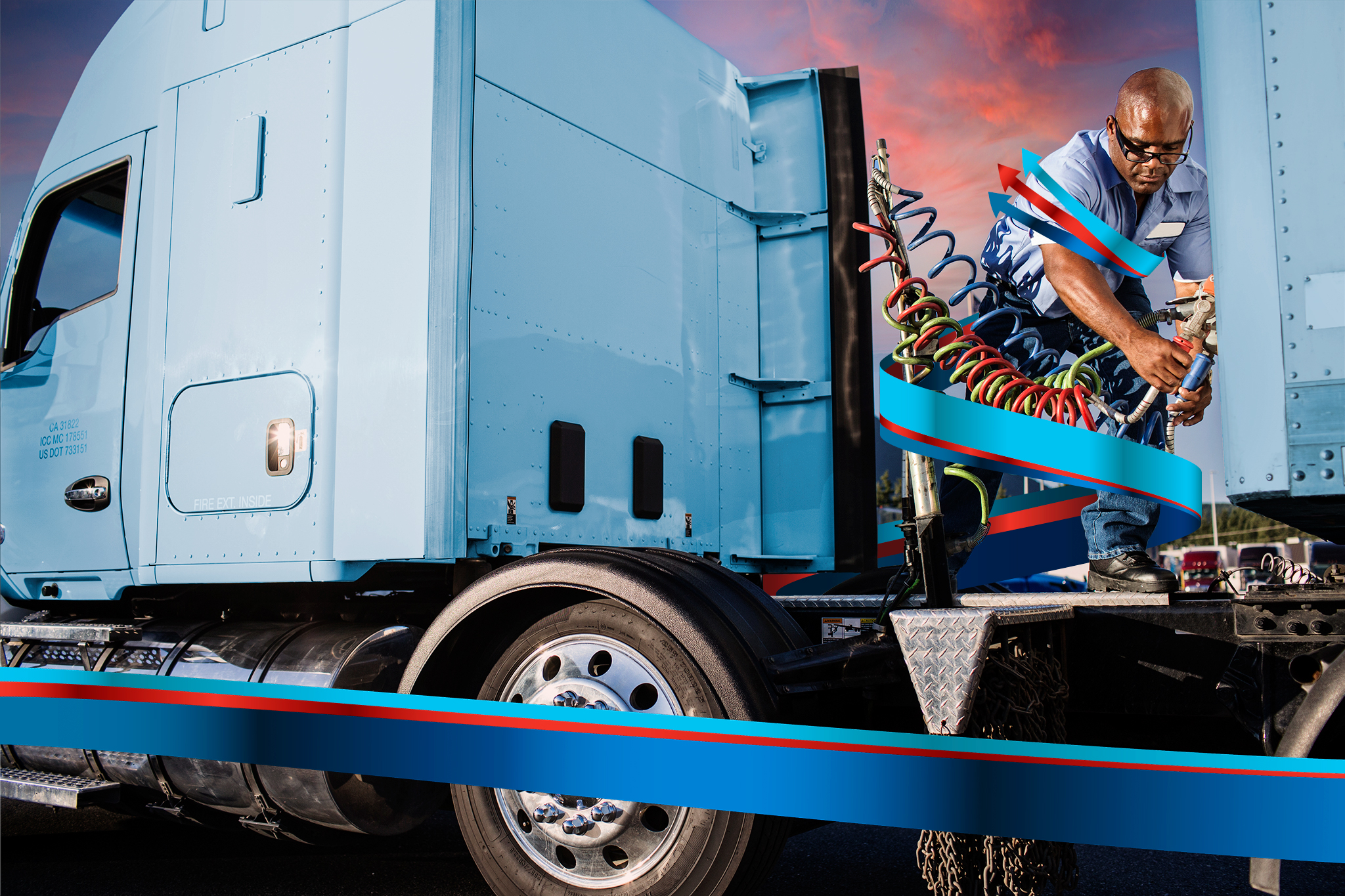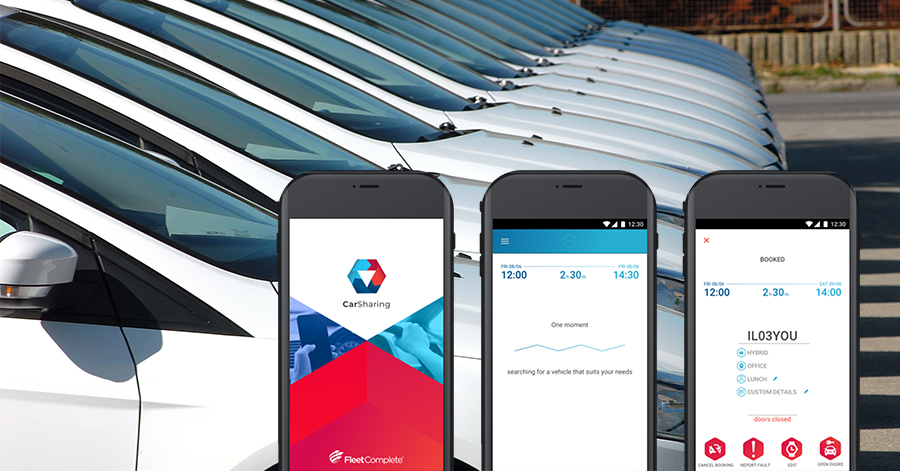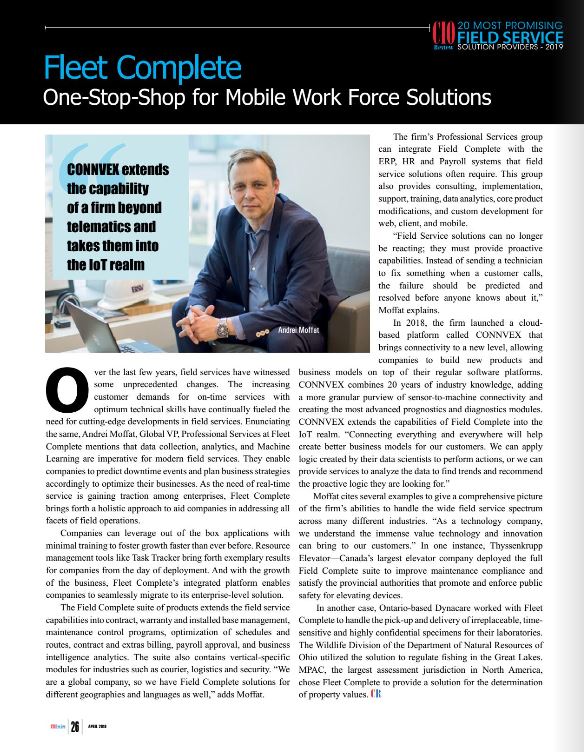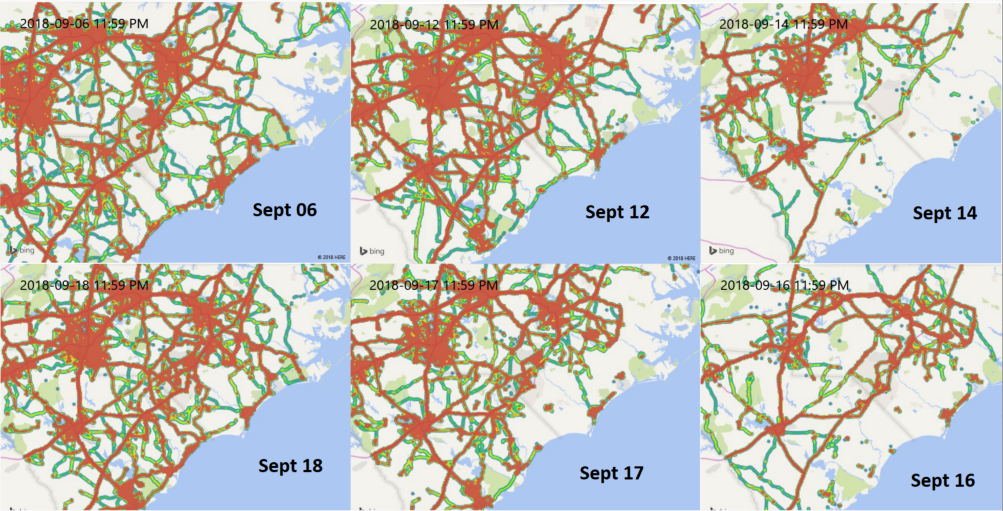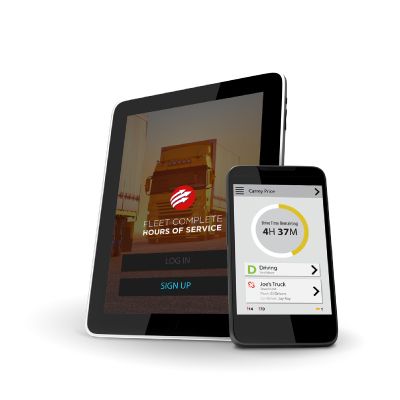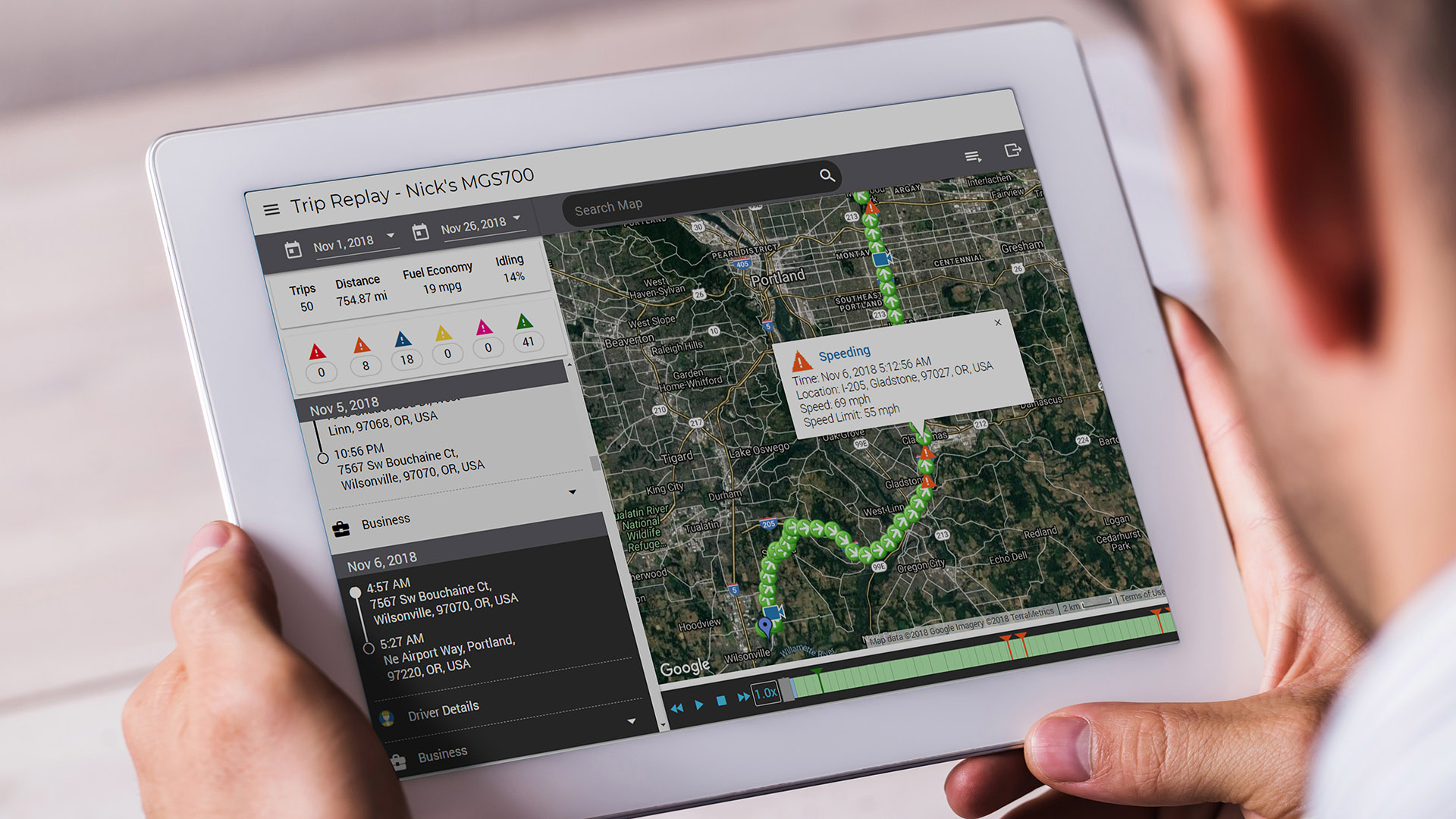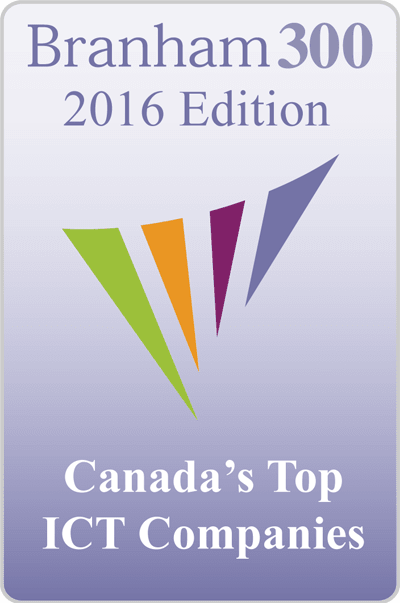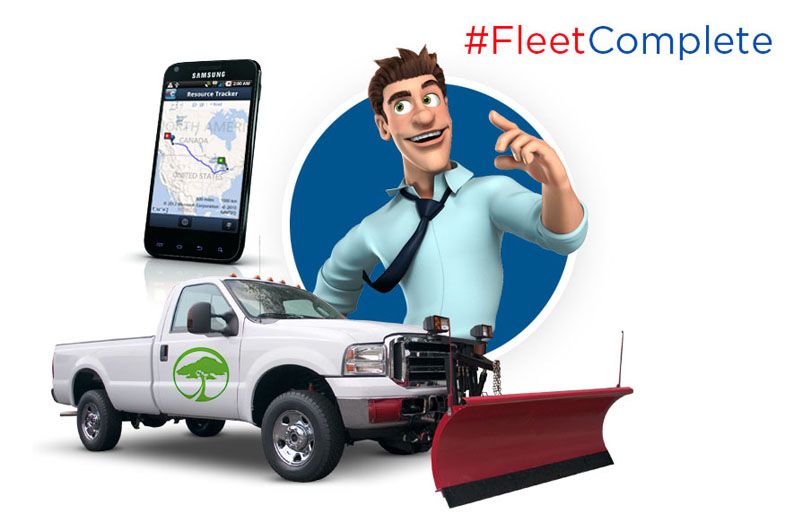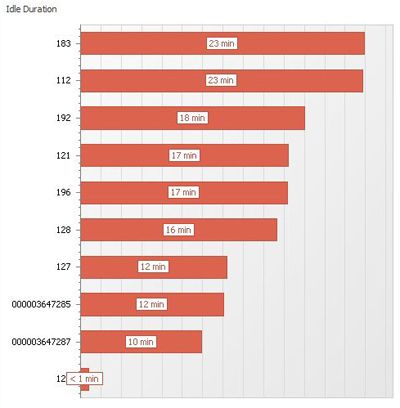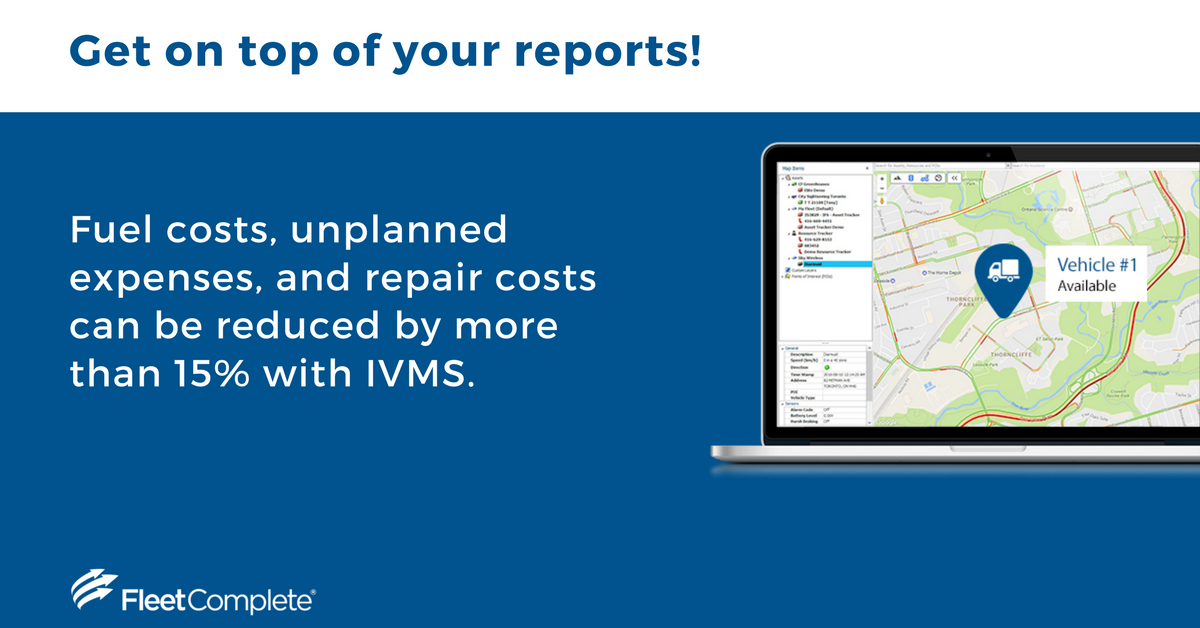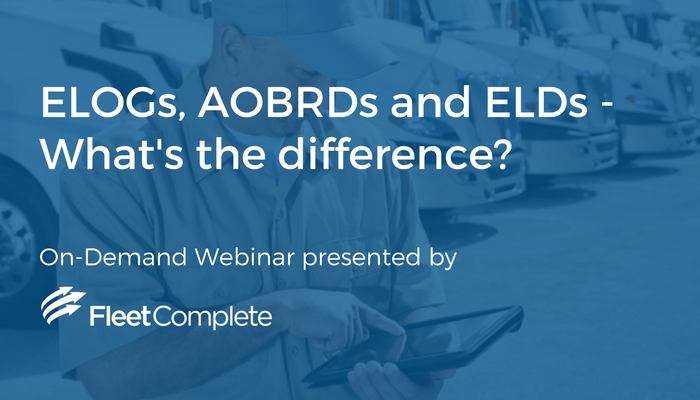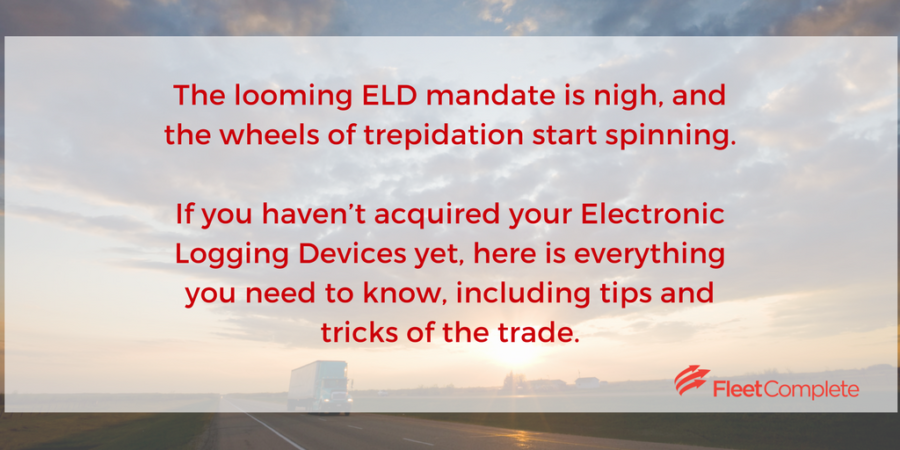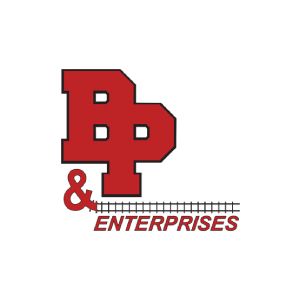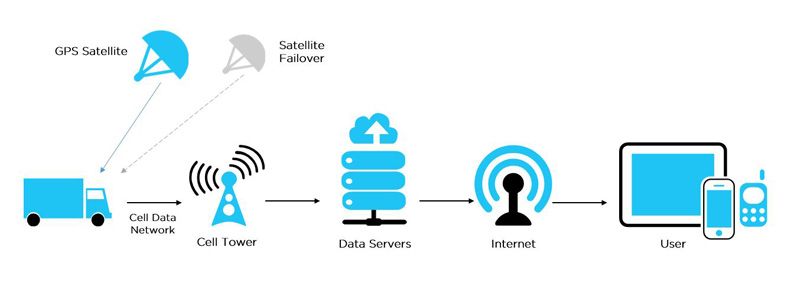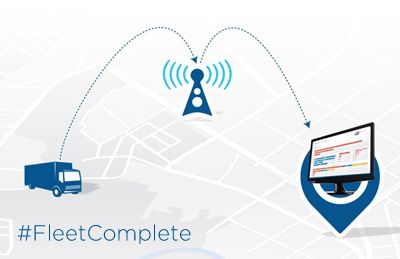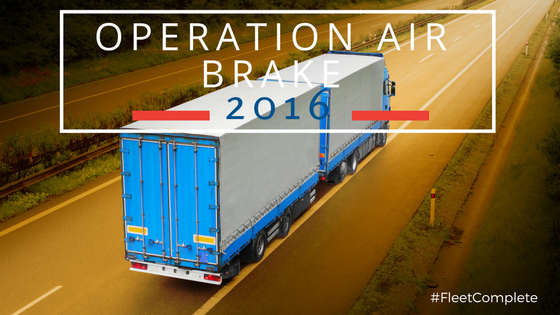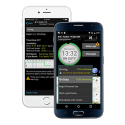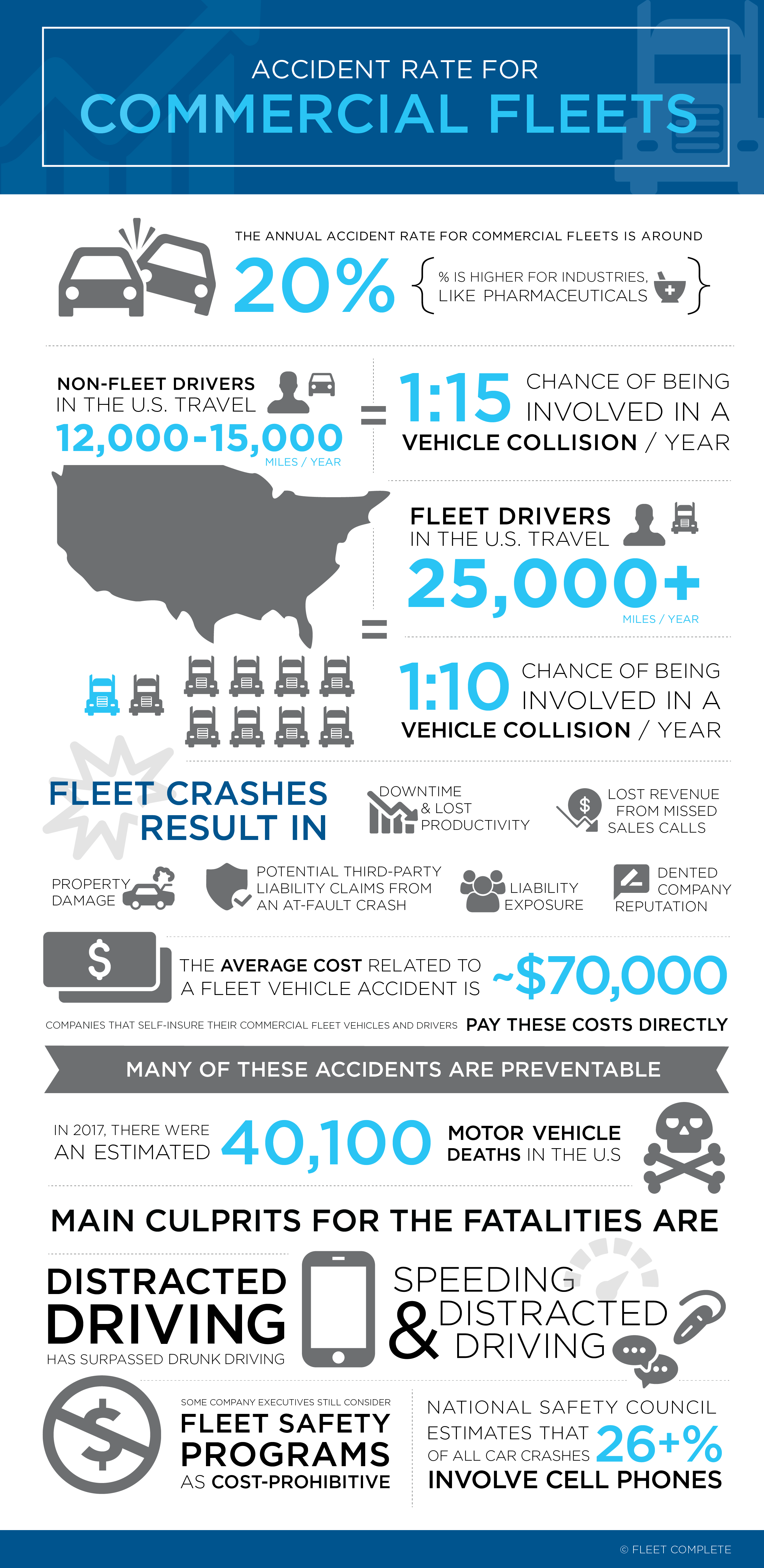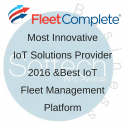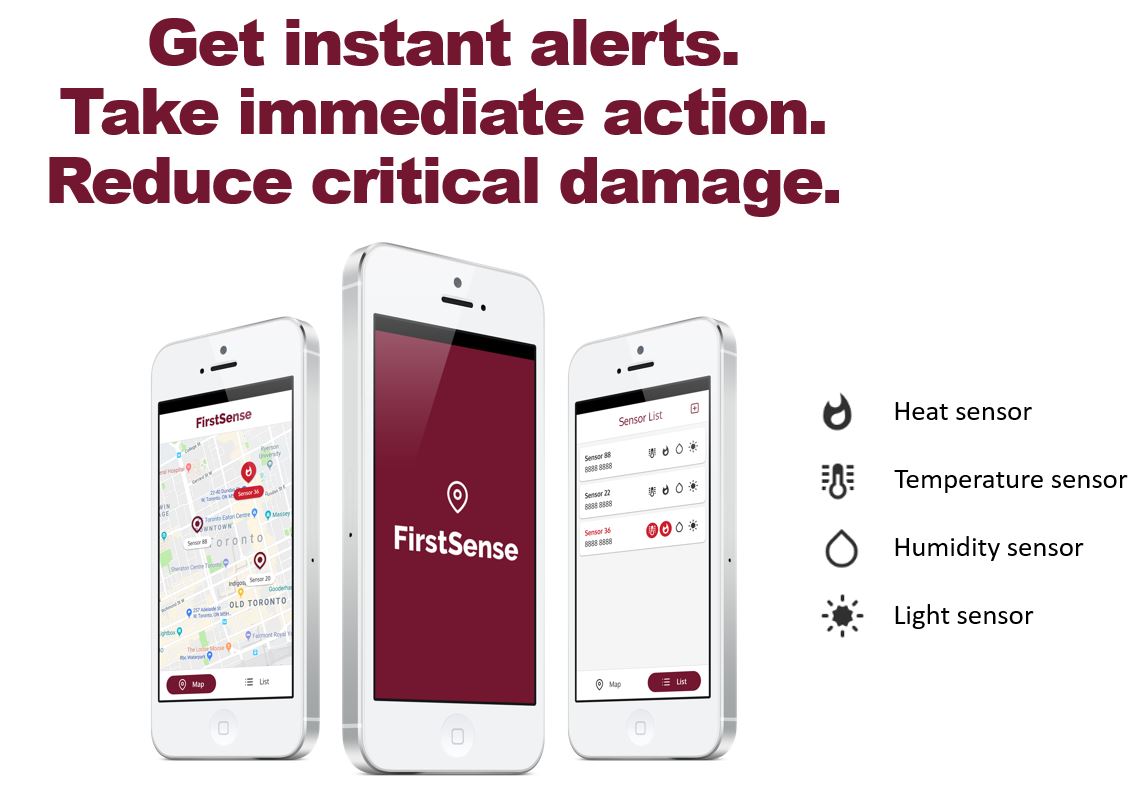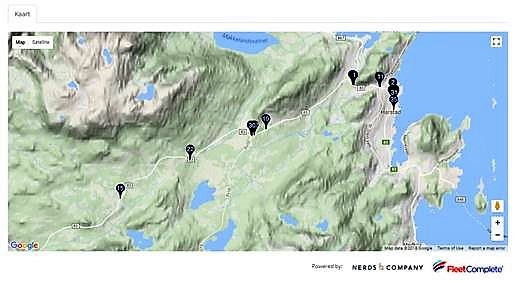Given the documented benefits of telematics software for safety, fuel efficiency, and vehicle maintenance, it’s fast becoming a best practice in fleet management. There’s no more debate about whether fleets should use telematics data or not.
Today, it is more about making it widely and easily accessible to fleet-owning customers because of its proven benefits and return on investment. Hence, most major automotive original equipment manufacturers (OEMs) already produce vehicles with factory-embedded telematics hardware that you can integrate with an aftermarket software provider, specifically designed for fleet management analytics and business insights.
This trend has been on the rise since 2016, where vehicles that are manufactured with factory-installed telematics hardware are gradually becoming the new norm in most developed markets. According to Berg Insight, the number of vehicles with pre-installed telematics hardware is forecasted to grow at a compound annual growth rate of 31.9 percent from 49 million in 2017 to 258.1 million in 2023.
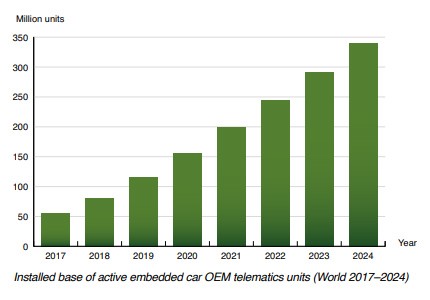
Vehicle manufacturers are fueling the growing popularity of telematics use in fleets (Image Source).
Given the option, what you as a fleet-owner or fleet manager have to decide on is whether to go for OEM-embedded telematics hardware or for aftermarket ‘plug & play’. What is the difference?
If you’re currently facing this fork in the road, below we explain all you need to know about OEM telematics.
OEM Hardware vs Aftermarket Hardware
Vehicle manufacturers, and even heavy equipment manufacturers, have realized that businesses comprise a significant percentage of their clientele. By building telematics hardware into their vehicles, manufacturers are able to offer solutions to the unique needs of businesses.
One of the biggest advantages of opting for OEM-embedded telematics-ready hardware is you can immediately use fleet management telematics upon your procurement of the new vehicles. Benefits include:
- Expedient implementation if your company has a long procurement process
- Saving time on compatibility testing
- The ability to plan your new fleet acquisition with telematics in mind
With factory-installed hardware, you can immediately subscribe to a telematics service from an aftermarket provider and start collecting and interpreting valuable data from your fleet vehicles without delay.
Aftermarket telematics hardware may be a bit of a more expensive option if it involves in-field installation by a telematics provider, but you also have an option to do it yourself or use your company’s mechanic.
The advantage of having a third-party telematics hardware:
- You are not dependent on the make or the model of your vehicle – OEM-embedded hardware normally comes in the latest models, as it’s a fairly recent industry trend
- It allows for the electronic logging devices (ELDs) and Hours of Service reports to comply with government regulations if your in the long-haul industry segment
The choice between OEM or aftermarket hardware would depend on your fleet needs, industry you’re in, and your operational requirements. These factors will also help determine whether to subscribe to a third-party software or find out what software options and features the OEM provides.

OEM Telematics vs Aftermarket Telematics
Most of us already use OEM telematics hardware when we remotely connect to our cars – opening doors, starting the engine, warming up or cooling down the interior, GPS-locating the vehicle and other remote-control actions. The fact that you can do this from a distance at a push of a button or an app in your mobile device means you are using telematics. But it can do much more!
With the newly developed OEM integrations, you get an advanced software solution (geared towards fleet management) that connects to telematics-compatible vehicle hardware and provides deeper, more versatile analytics into the data that the hardware collects. Simply put, you get a more feature-rich platform that provides greater diversity of business insights that you can use to improve the quality of your fleet operations and create detailed reports.
Some automotive manufacturers started to produce their own software, but it is not as feature-rich and, in the case of a mixed fleet, it is not brand-agnostic and cannot incorporate data from other automakers.
“Truck fleets today rarely consist of a single truck brand,” writes Freddie Holmes in Automotive World’s June 11th, 2020 article. “Over 90% of fleets globally contain a mix of brands […] However, it can make the job of managing all those vehicles more complicated.”
Third-party telematics solutions are able to host different vehicle models and makers on the same platform, where you can standardize data across your entire fleet and even assess vehicles that are more cost efficient to help with the future vehicle purchase decisions.
“There will remain OEM solutions, but the same OEMs will also partner with third-party telematics service providers to create some really cool solutions,” highlighted Sandeep Kar, a seasoned expert in the global commercial vehicle industry, in his interview to Automotive World.
So, the choice of a telematics software provider will largely depend on the complexity of your fleet needs and its size. If your fleet is large and requires more analysis across the board – and you don’t want to log into different systems to collate information and then synthesize it – then you need a more comprehensive telematics solution that is feature-rich and scalable. With a third-party solution, most vehicles, regardless of maker, will be reporting the same data points to the same platform. This makes the job of fleet managers more efficient.
“If half of a fleet is on one platform and the other half is on another, it is useful to have a third party whose solution can be used across all truck platforms,” highlights Kar.
So, Built-In or Brought-In?
Around 90% of heavy truck fleets consist of 20 vehicles or less, and not all of those vehicles will perform the same duties. Aftermarket telematics solutions are more flexible and adaptive to the different types of fleets and services.
“You cannot have a one-size-fits-all solution for these fleets,” Kar explained. “[Third-party telematics] solution is extremely diverse to suit all kinds of vehicles in all kinds of locations, from long-haul, line-haul, pick-up and delivery, to first mile and last mile—the entire range.”
Aftermarket telematics providers usually offer more advanced features, better reporting, and are more user-friendly in terms of interface and user experience. Further, a number of third-party telematics companies develop their hardware and platform so that future features can be added seamlessly (over the air) if their customers choose to do so.
At the end of the day, fleet managers need to have a clear grasp of their needs and how the above information relates to their own fleet to make the best decision for their organization.
Fleet Complete for Ford
Fleet Complete for General Motors
Fleet Complete for Mitsubishi Australia
Purchasing a fleet management solution for your business does not have to be a tedious effort. Consult one of our business solution specialists to learn more about the benefits of telematics by calling 1-844-944-0824 or book a meeting here.



















